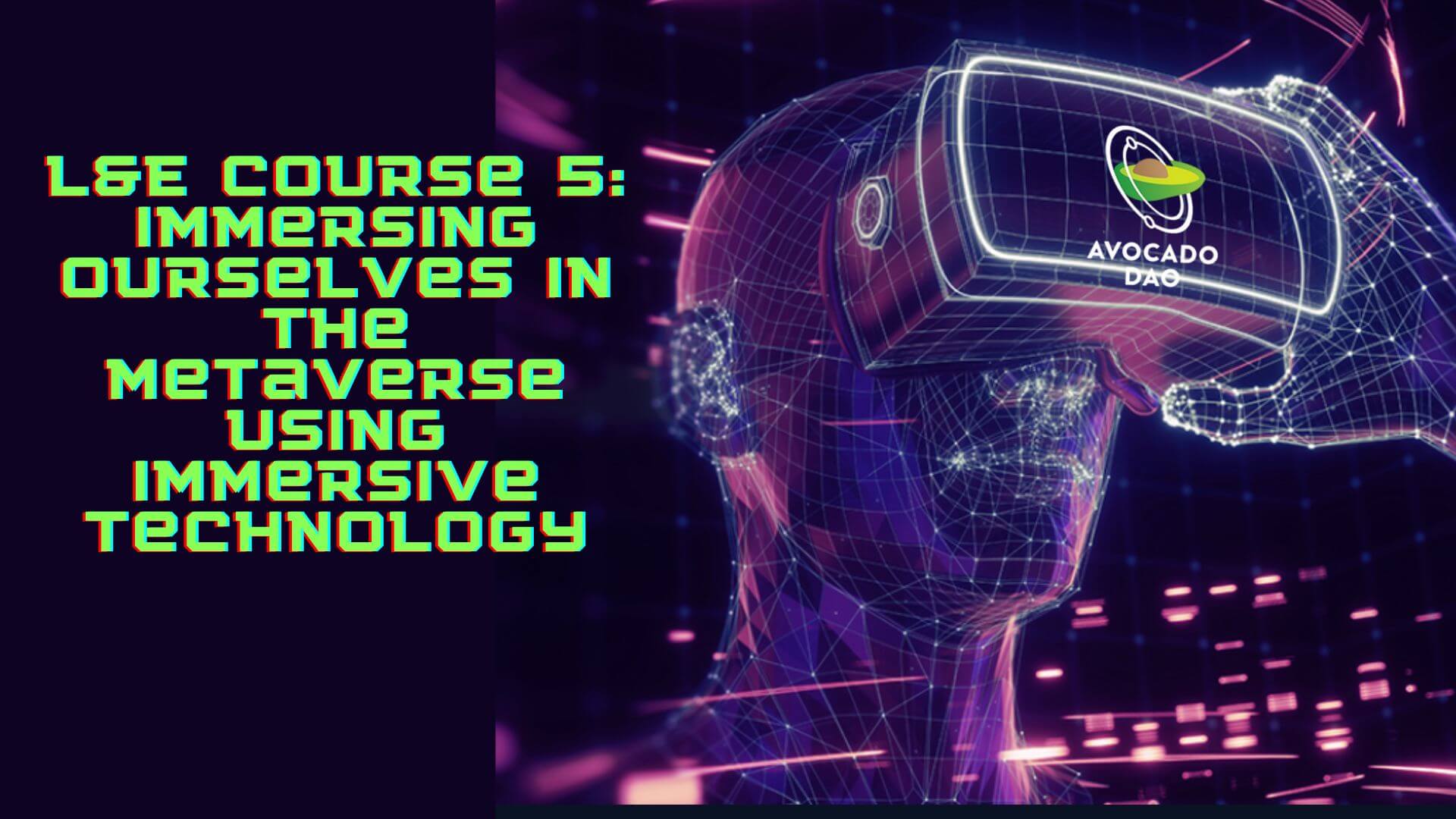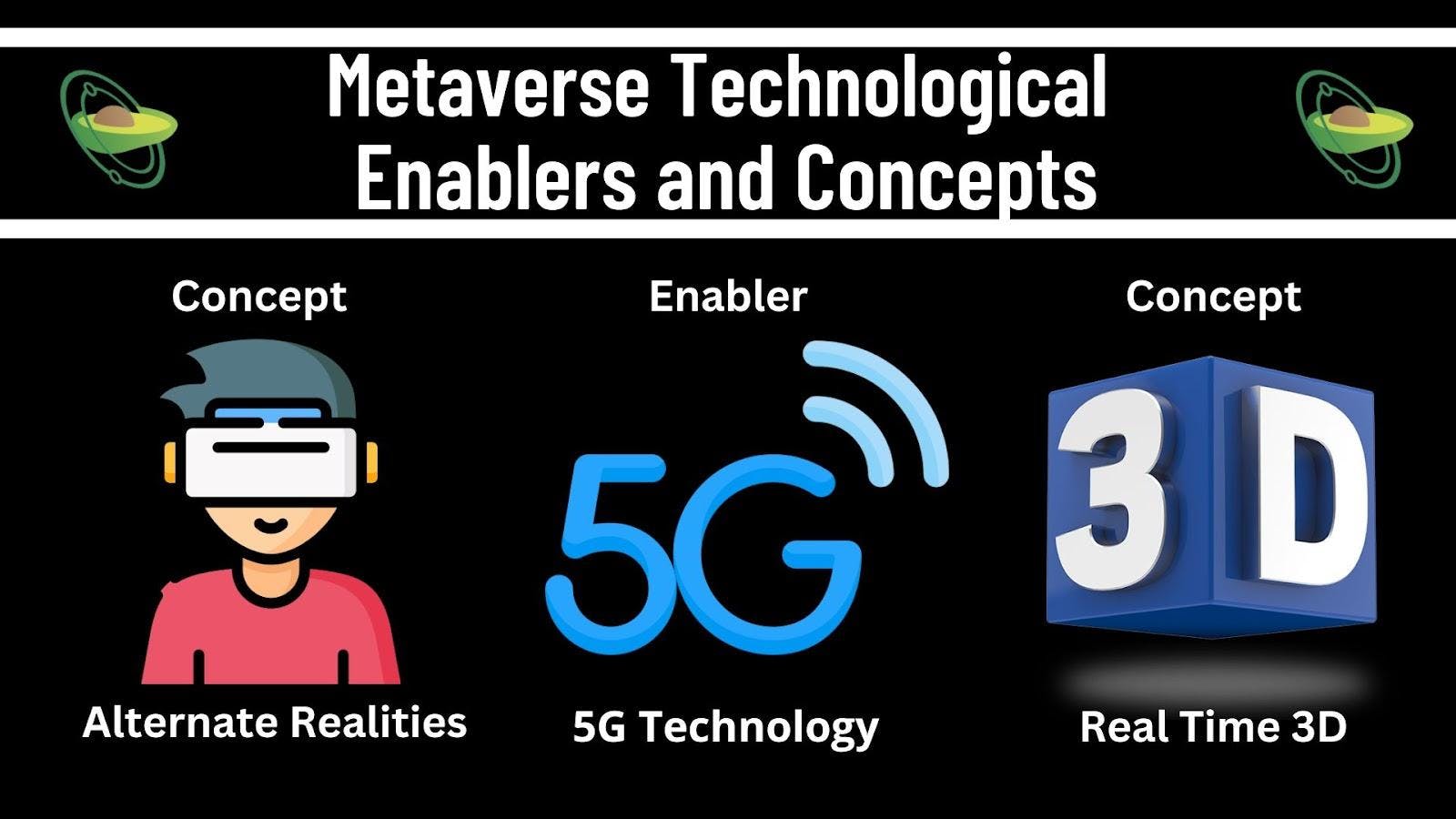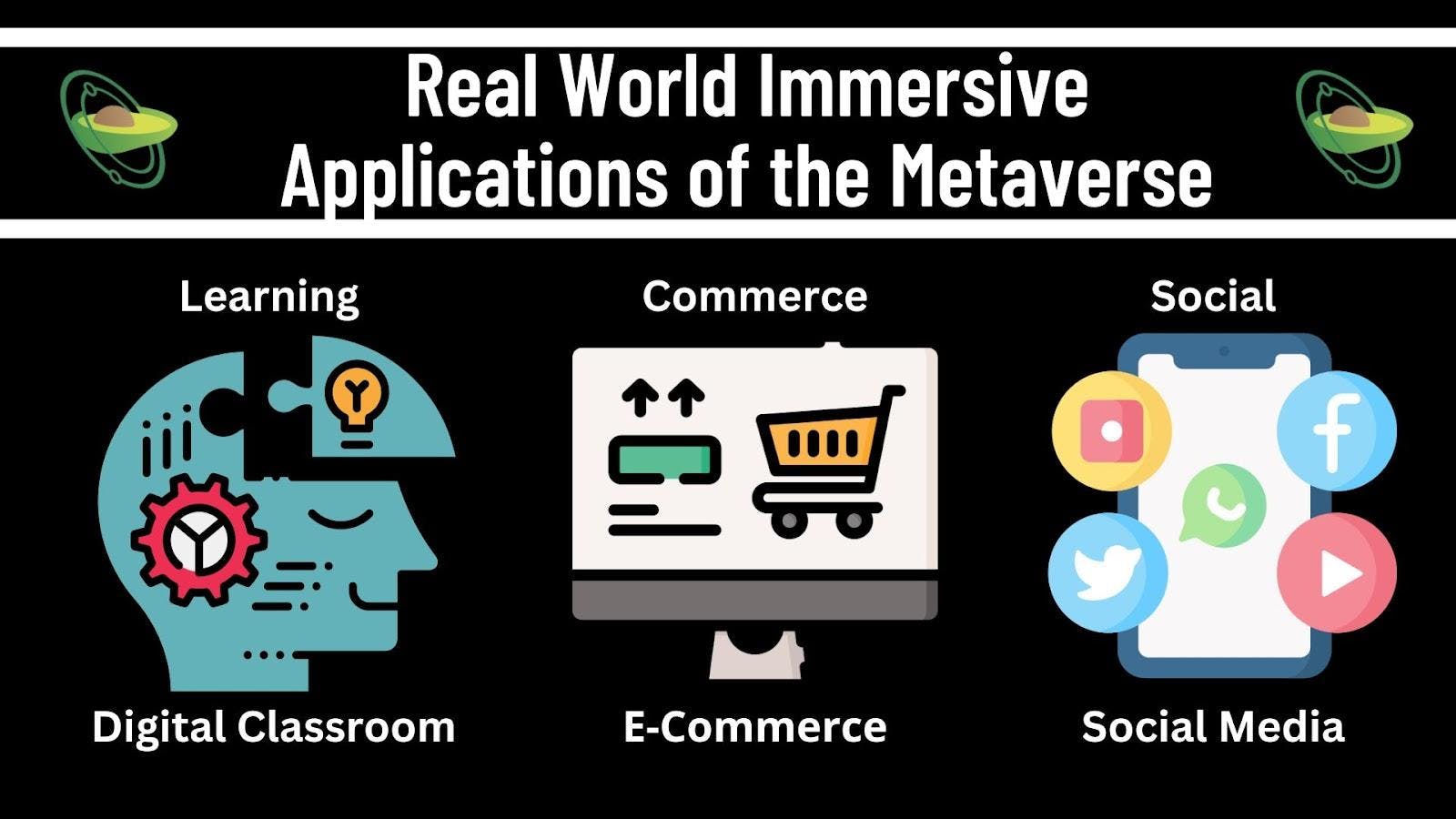
Movie buffs who have watched The Matrix would have an idea of how it feels to live in a simulated reality to which the Metaverse would take us a big step closer. The genesis of the concept of Metaverse dates back more than three decades. Back in 1992, when the Internet was little more than just ten years old, Neal Stephenson, in his novel titled “Snow Crash” gave birth to the term “Metaverse”.
In the novel, Metaverse (the term is capitalized in the novel) refers to “a fictional structure made out of codes” where “information is power” as it is controlled by those who have the “semi-mystical ability to speak magic computer languages”. Fast forward to 2023, and lo and behold, the Metaverse is right here in our digital doorway.
A particular domain to which the concept of Metaverse fits like a glove is that of video gaming. From the outset, gamers can create their virtual identities in the form of Metaverse avatars. This allows for a personalized and customized experience as gamers forge their identities and chart their path in the Metaverse. Secondly, the Metaverse identities of gamers allow them to collect virtual rewards such as non-fungible token (NFT) badges or financial rewards such as in-game cryptocurrencies. The digital wallets of gamers can be linked to their virtual identities using Soulbound Tokens (SBTs), thereby allowing for the building of the gamers' reputational score in the Metaverse.
Additionally, from the perspective of gameplay experience, the higher levels of immersion brought about by playing games in the Metaverse could significantly ramp up the level of players' engagement. This enhanced immersion is brought about by the use of alternate realities such as virtual reality (VR), augmented reality (AR) and mixed reality (MR) under the banner of extended reality (XR). Last but not least, as much as gaming is a form of entertainment, it is also a social experience. In this regard, the social interactivity of the Metaverse that allows users to transcend the boundaries of geographical space would transform the gaming experience into a social one. In turn this would boost the fluidity of multiplayer gameplay modes such as player-versus-player (PvP) and team-based challenges.
(2) Technological Enablers and ConceptsIn the Metaverse, the past, present, and future are separated by only a click of a button. Given its futuristic nature, the Metaverse was only possible with the unprecedented rate of technological developments in the past few decades, which brought us to where we are today. Some of the critical technological enablers and concepts which have catalyzed the rise of the Metaverse are fast bandwidth networks, alternate realities and real time 3D (RT3D).

The operations of the Metaverse require the transmission of voluminous amounts of data, which can make do with the high bandwidth (high data transmission speed) and low latency (reduced time delay in the initiation and commencement of data transmission process) of fast bandwidth networks. Without fast bandwidth networks, the Metaverse would have remained a utopian digital dream.
(b) Alternate RealitiesThe terms virtual reality (VR), augmented reality (AR), mixed reality (MR), and extended reality (XR) have been going around in conversations about the Metaverse. For starters, VR involves a purely digital environment mimicking an artificial 3D domain. The tricky ones are AR and MR, which are conceptually quite similar, albeit with some slight distinctions.
Both AR and MR involve an overlay between the real and digital worlds. The key difference is that whereas the overlay of AR is merely visual in nature, MR goes further as it entails the element of immersive interaction with real-world objects. As for XR, it is an umbrella concept encapsulating the triple realities of VR, AR, and MR.The terms virtual reality (VR), augmented reality (AR), mixed reality (MR), and extended reality (XR) have been going around in conversations about the Metaverse. For starters, VR involves a purely digital environment mimicking an artificial 3D domain. A notable use case example of VR is Beat Saber, a rhythm game set in a futuristic VR environment. In the game, players put on VR headsets and motion controllers to slash through color-coded blocks representing musical beats.
Both AR and MR involve an overlay between the real and digital worlds. The key difference is that whereas the overlay of AR is merely visual, MR goes further as it entails the element of immersive interaction with real-world objects.
Pokemon Go, uses AR technology to allow players to catch Pokemon in real-world environments. As for MR, Microsoft's Fragments is a detective game that involves players using the HoloLens device to explore a virtual crime scene. The games use MR technology to superimpose digital crime scenes, evidence, and clues against the real-world environment.
XR, is an umbrella concept encapsulating the triple realities of VR, AR, and MR.
(c) Real Time 3D (RT3D)RT3D is the technology that is bringing to life the concept of XR. In essence, RT3D allows for rendering 3D images in real-time. Through RT3D, 2D images and models can be transformed into 3D ones faster than the eye can blink. In this manner, RT3D can imbue the digital environment with an almost surreal element of realism through the use of photorealistic 3D effects. A real world use case of RT3D is by BMW Group who is using the technology for its production chain. In particular BMW Group is using RT3D technology to train its frontline workers, for the planning of the workstations of its assembly lines, and for the maintenance of quality control for its finished products.
RT3D experiences are both immersive and interactive, with the element of immersion provided by the lifelike mimicry of our analog experience in the real world. As for the element of interaction, RT3D experiences enable users to have precise control over their experiences through the coordination of real-time movements. Whilst the jury is still out as to the validity of the simulation theory (which posits that our reality is a computer-generated simulation). RT3D certainly lays some credence to the theory.
The term “Meta” originates from Greek, meaning beyond, which renders the word Metaverse to mean beyond the universe. With fast bandwidth networks as the technology enabler, the concepts of VR, AR, MR, and XR as the conceptual wayposts, and RT3D for the visual rendering of XR, we are well on our way to going beyond the universe.
(3) Making the Metaverse RealWhile going beyond the universe may sound like a lot of fun, there’s not much point in merely aimlessly orbiting around the celestial Milky Way. This aimless orbiting would render the Metaverse akin to being much ado about nothing. That’s why for all its hype, the actual value of the concept of Metaverse is only as good as its practical utility. This point brings us to the real-world applications of this out-of-this-world concept of Metaverse, with the notable key areas including immersive learning, immersive retail and immersive socialization.

The concept of immersive learning entails using alternate realities such as VR, AR, MR, and XR to simulate the real-world environment in a digital classroom. In contrast with conventional classrooms that adopt auditory and written information for the teaching and learning process, immersive learning classrooms adopt visual and kinesthetic sensory information for this process. This learning mode is particularly suited for hands-on subjects and vocations such as medicine and engineering, which are more practical rather than theoretical.
Nonetheless, immersive learning does have something to offer to conventional classrooms as well. In a research paper titled "Delivering Educational Multimedia Contents through an Augmented Reality Application: a Case Study on its Impact on Knowledge Acquisition and Retention", it was reported that a study found that "students using the AR application retained more concepts that those learning the topic in a traditional setting". Additionally, the study also found that "an increased knowledge retention on students using AR multimedia contents as opposed to those following traditional courses".
(b) Immersive RetailUser engagement and retention are crucial parts of retail businesses, and immersion fits like a glove when it comes to engaging and retaining users, particularly for e-commerce platforms. A retail e-commerce giant that has adopted immersive technologies for its online platform is Amazon with its AR View, which helps users visualize how products would complement the layout of their homes.
Beating Amazon in its own game is Ikea with its Kreativ app, which uses LiDAR (laser imaging, detection, and ranging) technology to build 3D replicas of the interior of users’ homes to help them visualize how new furniture would fit in. In simple terms, LiDAR uses laser projections to scan real-world surroundings before replicating the nature of the surroundings in digital form.
(c) Immersive SocializationTapping into the innate need for social connections in human beings, social media apps such as Facebook, Instagram, and TikTok have taken the world by storm. Leading the way for the embracing of the Metaverse is Facebook, which had in October 2021 gone to such lengths as to change the name of its parent company to Meta as part of a rebranding process to embrace the concept of Metaverse.
The technological bridge for immersive socialization may be photogrammetry, which can transform 2D photographs into 3D visuals. In simple terms, photogrammetry works by using two or more vantage points from a 2D photograph as observational points to create the perception of depth in 3D visuals created based on the 2D photograph.
At the forefront of the use of photogrammetry is Google Poly which allows users to “browse, distribute, and download 3D objects for use in virtual reality and augmented reality applications”. By integrating Google Poly with social media apps, immersive socialization could be the next wave in the evolution of these apps, whereby social media users could be sharing 3D visuals instead of 2D photographs. Talk about getting real on social media.
These are just some of the notable real-world use case applications of immersive technologies in the Metaverse. As we get closer to bringing to life the Metaverse in time to come, the use of immersive technologies through macro concepts such as smart cities is set to transcend into almost every aspect of our lives. Long story short, the Metaverse is coming our way, whether we like it or not, want it or not.
(4) ConclusionIn “Snow Crash,” Neal Stephenson described the Metaverse as “a global network where magic is possible”. Thanks to technological advancements and concepts such as fast bandwidth networks, VR, AR, MR, XR, and RT3D, the Metaverse is no longer a magical possibility but a digital reality. With the dawn of the Web3 age, we could soon find ourselves immersed in learning, shopping, and socializing activities in the Metaverse.
Test what you've learnt from this article at our Questing Portal.
In our next course, Securing Our Digital Souls in Web3, we would be discussing about how we can secure our digital identities to enable us to venture safely into the immersive reality of the Metaverse.